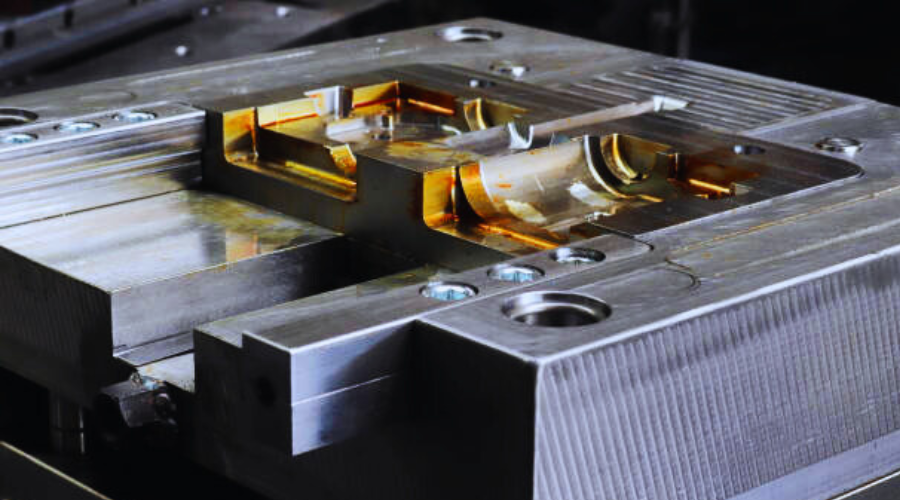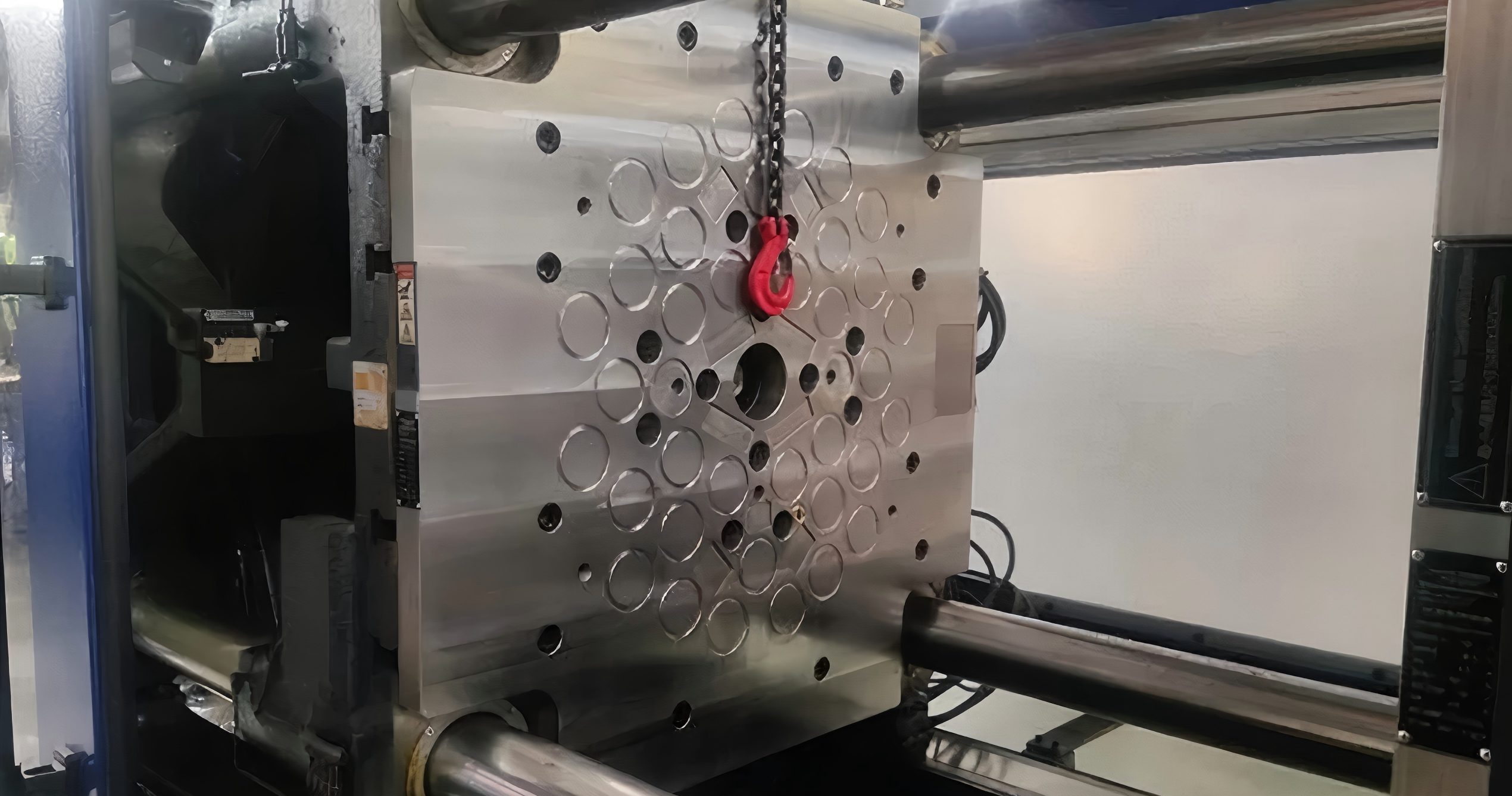Contents
In the evolving landscape of manufacturing, 3D printing and injection molding stand out as two of the most prominent techniques for producing parts and products. Each method has its unique strengths and applications, and choosing the right one depends on requirements, and complexity of design. This article will delve into the key differences, advantages, and limitations of both 3D printing and injection molding to help you determine which is better suited for your manufacturing needs.

What is 3D Printing?
3D printing, also known as additive manufacturing, is a process that creates three-dimensional objects by adding material layer by layer, based on digital models. This technology has gained significant reaction due to its versatility and the ability to produce complex geometries that are difficult or impossible to achieve with traditional methods.
Advantages of 3D Printing
- Design Flexibility: 3D printing allows for the creation of intricate and complex designs that would be challenging or impossible with injection molding.
- Rapid Prototyping: It enables quick production of prototypes, facilitating faster design iterations and reducing the time to market.
- Cost-Effective for Low Volumes: For small production runs, 3D printing can be more economical as it eliminates the need for expensive molds.
- Customization: Ideal for producing customized parts tailored to specific needs without additional costs.

Limitations of 3D Printing
- Slower Production Speeds: Compared to injection molding, 3D printing is generally slower, especially for high-volume production.
- Material Limitations: Although the range of pintable material is expanding, it is still limited compared to those available for injection molding.
- Surface Finish and Stength: Parts produced via 3D printing may require post-processing to achieve a smooth finish and can sometimes lack the strength and durability of injection-mold parts.
What is Injection Molding
Injection molding is a manufacturing process where molten material is injected into a mold cavity under high pressure. This method is widely used for mass production of parts with consistent quality and precision.
Advantages of Injection Molding
- High Production Efficiency: Once the mold is created, injection molding can produce large quantities of parts rapidly and efficiently.
- Material Versatility: A wide variety of materials, including various plastics, metals, and composites, can be used, offering diverse properties for different applications.
- Superior Strength and Finish: Injection-molded parts typically exhibit excellent surface finish and mechanical properties, making them suitable for demanding applications.
- Cost-Effectiveness for Large Volumes: For large production runs, the cost per part decreases significantly due to economies of scale.
Limitations of Injection Molding
- High Initial Costs: The design and fabrication of molds are expensive, making it less viable for low-volume production.
- Longer Lead Time: Creating a mold can be time-consuming, leading to longer initial lead times before production can commence.
- Design Constraints: Changes to the part design after mold creation can be costly and challenging, limiting design flexibility.

Comparing 3D Printing and Injection Molding
- Production Volume
3D Printing: Best suited for low to medium production volumes or highly customized, one-off parts.
Injection Molding: Ideal for high-volume production where the initial mold cost can be amortized over a large number of parts. - Cost
3D Printing: Lower initial investment but higher cost per part, making it cost-effective for low volumes.
Injection Molding: High initial mold costs but lower cost per part for large production runs. - Design Complexity
3D Printing: Excels in producing complex geometries and intricate designs without additional costs.
Injection Molding: Better for simpler, repeatable designs due to the limitations of mold creation and modification. - Material Properties
3D Printing: Continually expanding material options but still limited compared to injection molding.
Injection Molding: Offers a broader range of materials with superior mechanical properties.
Conclusion
There is no one-size-fits-all answer when it comes to choosing between 3D printing and injection molding. The decision hinges on specific project requirements such as production volume, cost considerations, material properties, and design complexity. For rapid prototyping, custom parts, and low-volume production, 3D printing stands out as the superior choice. Conversely, for mass production of parts with consistent quality and strength, injection molding remains unmatched.
Evaluating your specific needs and consulting with manufacturing experts can help you leverage the strengths of each technology, ensuring you achieve the optimal balance between quality, cost, and efficiency in your production processes.
-q4gvl4k29y4hq8j9rjpapvj0ft06fje63olt7p210i.png)


